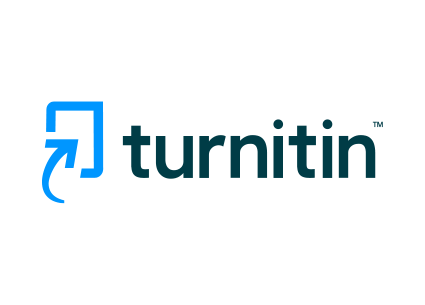Biomass Potential of Cassava Peels and Wastewater Sludge from the Somber Small Industry Center (SIKS) as Briquettes
DOI:
https://doi.org/10.35718/specta.v9i1.1185Keywords:
Biomass, Briquette, Cassava Peel, SludgeAbstract
Sentra Industri Kecil Somber (SIKS) produces sludge waste from the Wastewater Treatment Plant (WWTP). Sludge can be utilized as a renewable energy source, for example by processing it into briquettes. This research uses a mixture of cassava peel biomass to increase the calorific value of briquettes and uses tapioca starch adhesive. The purpose of this research is to analyze the characteristics of briquettes produced by WWTP sludge with a mixture of cassava peel and analyze the optimum composition variation of WWTP sludge and cassava peel waste on briquette characteristics with the composition of WWTP sludge, cassava peel, and adhesive of (10:83:7); (15:78:7); (20:73:7); (25:68:7); (30:63:7). The parameters tested are moisture content, ash content, volatile matter, fixed carbon and calorific value based on ASTM, after which data processing is carried out with the help of software, namely graphs with Sigma Plot and Microsoft Excel software to facilitate and minimize errors or human errors. The water content of briquettes A, B, C, D, E was 4.2%, 4.8%, 5.4%, 5.7%, 5.9%. Ash content 12.8%, 13.7%, 14.5%, 15.6%, 16.8%. Volatile matter 12.2%, 14.3%, 15.2%, 15.9%, 16.2%. Fixed Carbon 70.8%, 67.2%, 64.9%, 62.8%, 61.1%. Calorific value 3301.04 cal/gr, 3245.2 cal/gr, 3223.36 cal/gr, 3187.54 cal/gr, 3172.98 cal/gr. The optimum briquette characteristics that meet SNI 6235-2000 are briquette A with a moisture content of 4.2%, volatile matter of 10.2% and those that are close to SNI 6235-2000 are ash content parameters of 12.8%, fixed carbon of 70.8% and calorific value of 3301.04 cal/gr.
Downloads
Published
How to Cite
Issue
Section
License
Copyright (c) 2025 Nia Febrianti, Selvia Maharani, Riza Hudayarizka

This work is licensed under a Creative Commons Attribution-NoDerivatives 4.0 International License.
Authors retain copyright and grant the journal right of first publication with the work simultaneously licensed under a Attribution-NoDerivs 4.0 Generic(CC BY-ND 4.0) that allows others to share the work with an acknowledgement of the work's authorship and initial publication in this journal.




















